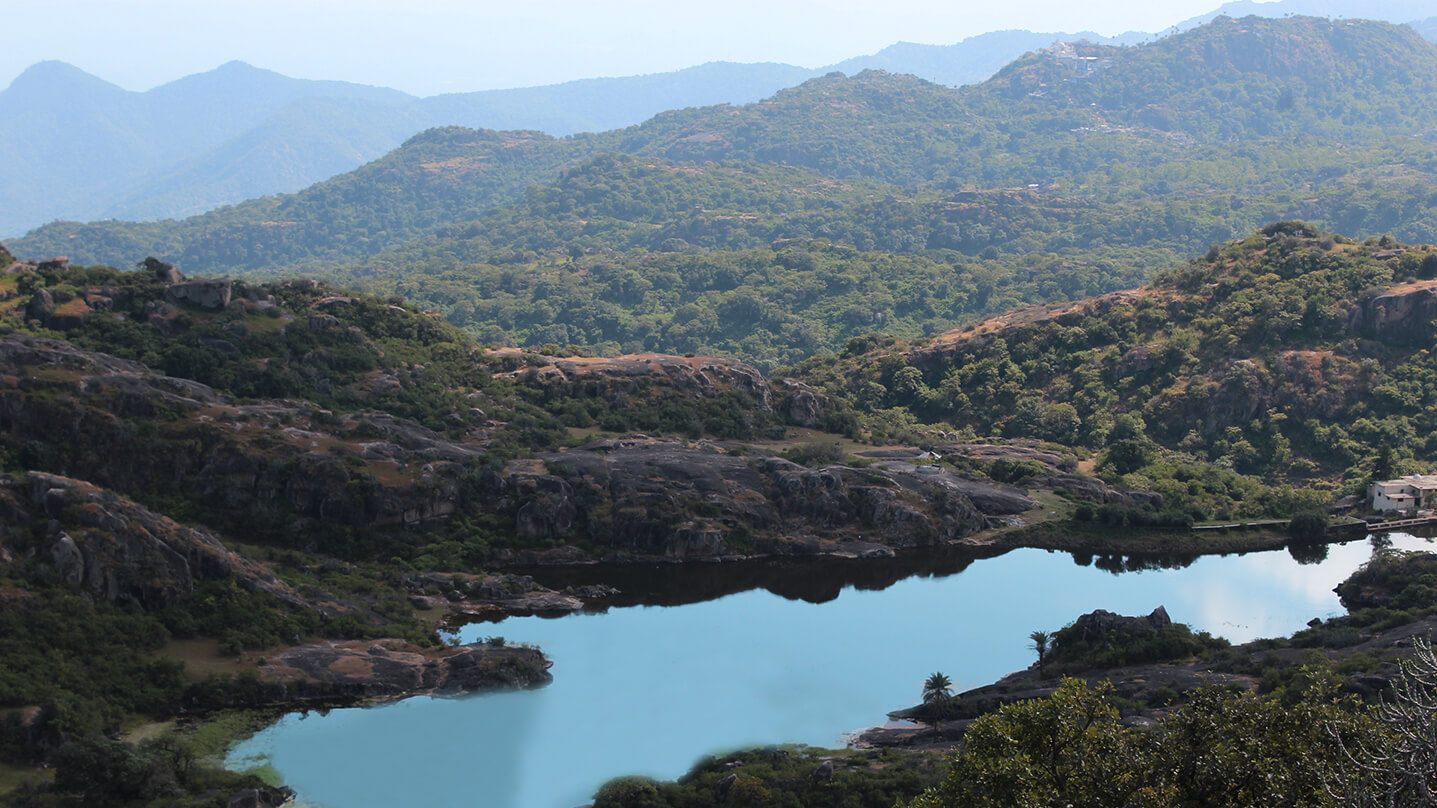NishantSthan
Rajasthan through eyes of Nishant
Nishant | Januray 24th, 2019
-
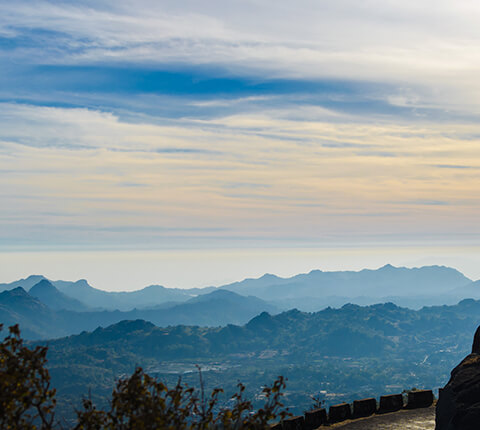
Hills of Rajasthan
For most people, Rajasthan evokes image of a colourful desert state, with camels and sand dunes. What most people forget about Rajasthan is the fact that it is home to one of the most ancient mountain range in India; the Aravallis. The Aravallis range starts from Delhi, and runs mostly through Rajasthan, ending in Gujarat. The state benefits by having a number of peak that are above 1000 metres in height. Some of these mountains are popular tourist attractions, including Mount Abu, home to two of the highest peaks in the Aravalli range.
-
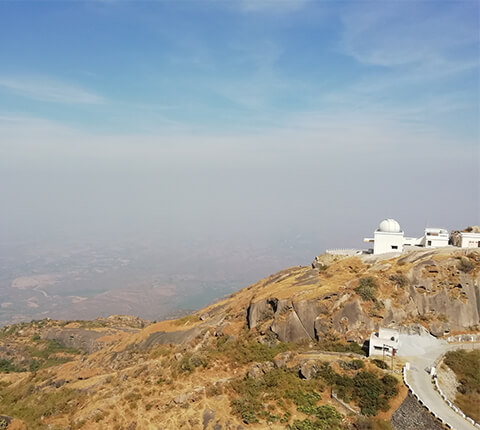
Guru Shikhar
The Guru Shikhar is the tallest point in the Aravalli range, rising to an elevation of 1, 722 metres. The peak is named Guru Shikhar or “peak of the guru” after Dattatreya, an incarnation of Vishnu. There is a cave at the summit that has a temple dedicated to Dattatreya, with another one nearby dedicated to his mother, Anasuya, wife of sage Atri. There is also the Mt. Abu observatory that is operated by the Physical Research Laboratory.
-
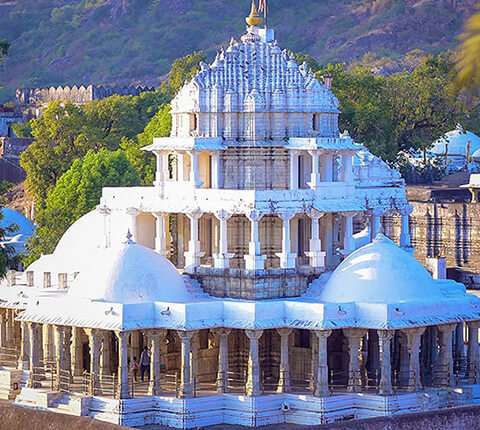
Dilwara
Dilwara is the second highest peak in Rajasthan, and like Guru Shikhar is located in Mount Abu. Dilwara is renowned for the Dilwara Temples which were built between the 11th century and 13th century AD, and are exquisite specimens of beautiful carvings and grand architecture. The Dilwara temples consist of 5 temples of Jain faith. These temples were constructed out of marble, and are unique in their style and architecture.
-
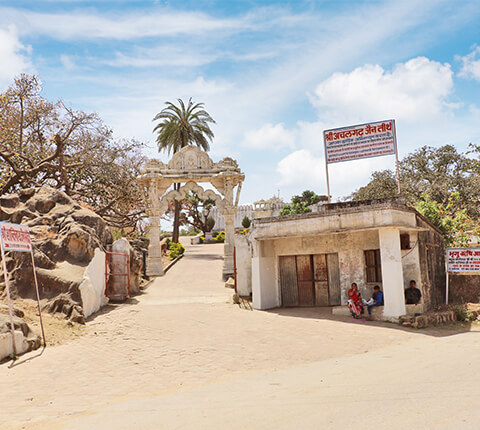
Achalagarh
Achalagarh, again located in Mt. Abu, is the third highest hill in Rajasthan. Achalagarh is home to its namesake fort that was originally constructed by Paramara dynasty rulers. Maharana Kumbha later reconstructed, renovated and named the fort as Achalgarh. There are also places of historical and religious significance around the fort, the Achaleshwar Mahadev temple situated just outside the fort being one. There are also Jain forts inside the temple that were built around 1513.
-
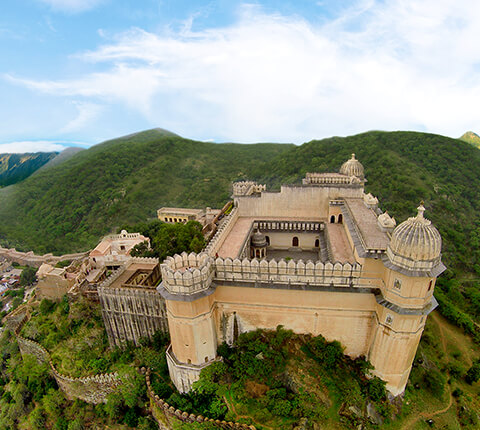
Kumbhalgarh
Kumbhalgarh, home to the mighty fort, is a hill in Aravalli that rises to a height of 1224 metres. The forts standing on the hill are now a World Heritage Site. The fort was constructed during the course of 15th century by Rana Kumbha, and has walls that extend over 38 kilometres. These walls are said to be the second longest continuous wall after the Great Wall of China, and the fort itself is the second largest in India after the Chittor Fort. The fort holds a sentimental significance for the people of the state as it was the birthplace of legendary king Maharana Pratap. Located on one of the highest hills of Aravalli, the fort offers a bird’s eye view of the surroundings.



